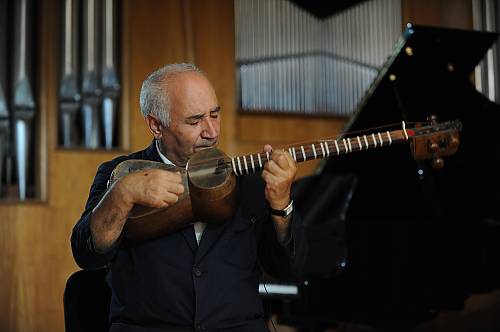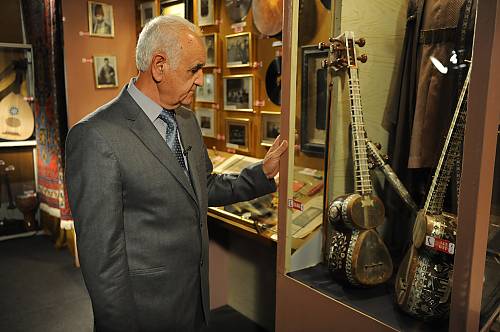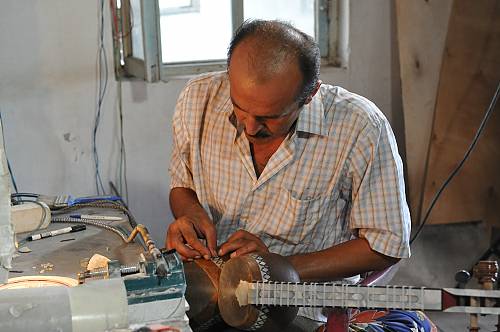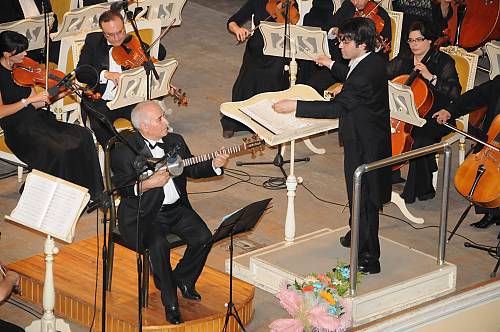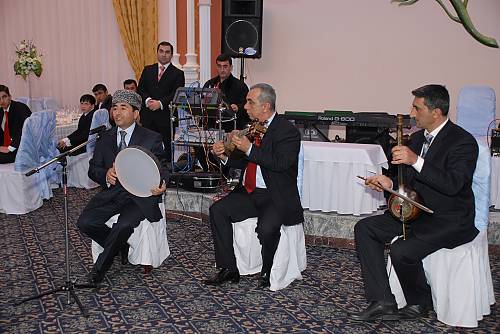Craftsmanship and performance art of the Tar, a long-necked string musical instrument
Inscribed in 2012 (7.COM) on the Representative List of the Intangible Cultural Heritage of Humanity
The Tar is a long-necked plucked lute, traditionally crafted and performed in communities throughout Azerbaijan. Considered by many to be the country’s leading musical instrument, it features alone or with other instruments in numerous traditional musical styles. Tar makers transmit their skills to apprentices, often within the family. Craftsmanship begins with careful selection of materials for the instrument: mulberry wood for the body, nut wood for the neck, and pear wood for the tuning pegs. Using various tools, crafters create a hollow body in the form of a figure eight, which is then covered with the thin pericardium of an ox. The fretted neck is affixed, metal strings are added and the body is inlaid with mother-of-pearl. Performers hold the instrument horizontally against the chest and pluck the strings with a plectrum, while using trills and a variety of techniques and strokes to add colour. Tar performance has an essential place in weddings and different social gatherings, festive events and public concerts. Players transmit their skills to young people within their community by word of mouth and demonstration, and at educational musical institutions. Craftsmanship and performance of the tar and the skills related to this tradition play a significant role in shaping the cultural identity of Azerbaijanis.

